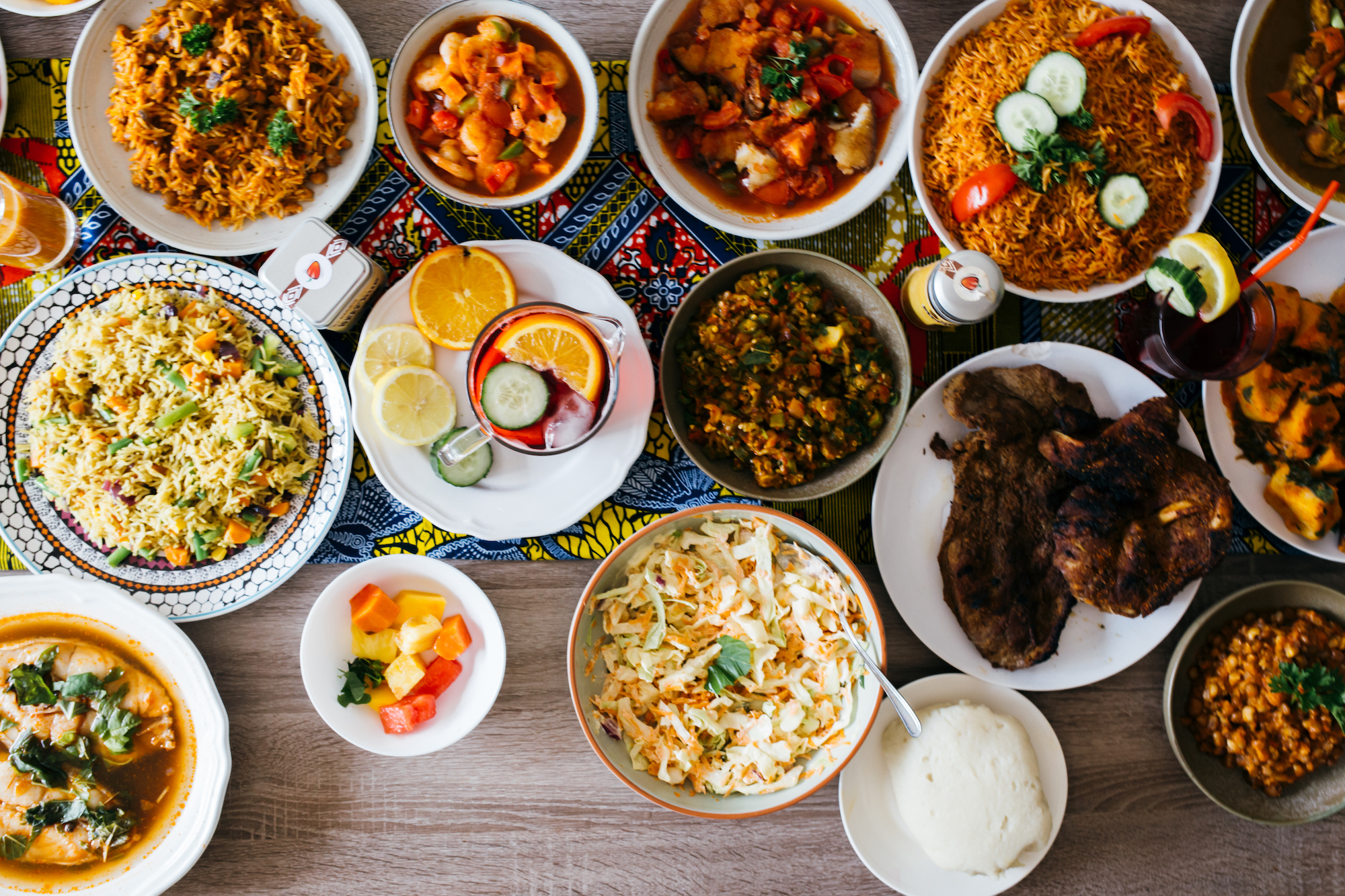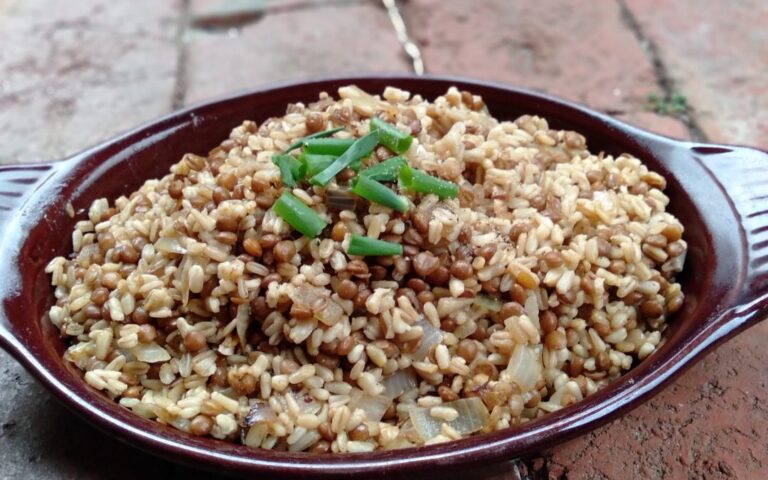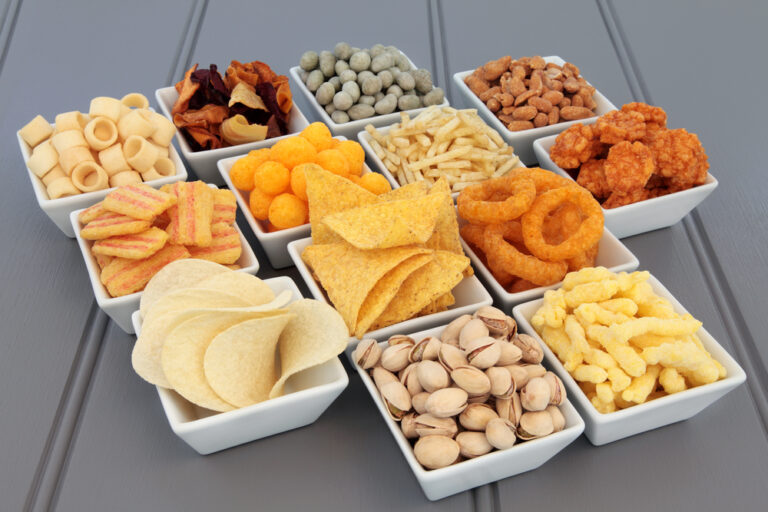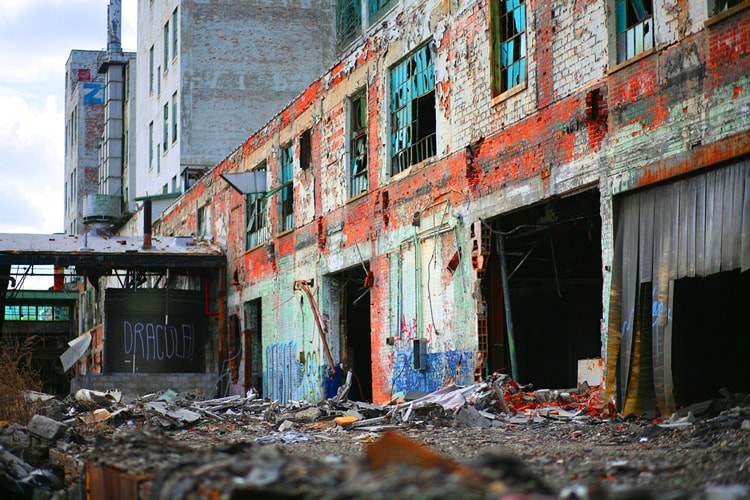
Food isn’t just fuel — it’s art, culture, history, and in many ways, architecture. From the delicate layering of French pastries to the structured balance of a Japanese bento box, how we build our food reflects how we build our societies.
Welcome to the world of edible architecture — where flavor meets form, and structure tells a story.
Food as Structure
When we think of architecture, we imagine buildings, bridges, and cities. But architecture also lives on our plates. Every meal is built — layer by layer, ingredient by ingredient — with intentionality that reflects tradition, geography, and values.
Whether it’s stacking, wrapping, folding, stuffing, rolling, or layering, cultures around the world have developed unique ways of structuring food. These methods aren’t just for presentation — they affect taste, texture, and the entire eating experience.
Cultural Examples of Edible Architecture
Japan: Precision and Minimalism in Bento Boxes
Japanese bento boxes are a masterclass in structured simplicity. Each section is thoughtfully arranged to include a balance of color, texture, nutritional variety, and seasonality.
This isn’t just aesthetic. It mirrors Japanese principles of harmony and balance, as well as an appreciation for portion control and mindfulness.
India: The Circular Design of the Thali
A traditional Indian thali is a round plate with small bowls (katoris) arranged in a circle. The layout represents wholeness and variety, and each component — dal, sabzi, rice, roti, chutney, pickle — serves a specific role.
This design ensures all six tastes (sweet, salty, sour, bitter, pungent, astringent) are present. It reflects Ayurvedic balance and encourages eating with the hands, connecting touch to taste.
France: Layered Luxury in Pastries
The French take structural food to another level. Consider:
- Mille-feuille (Napoleon): Dozens of thin, flaky layers
- Croissants: Rolled and folded at precise angles for even puff
- Terrines: Compressed meats or vegetables built like culinary mosaics
Each creation is an engineering feat where technique equals taste.
Mexico: Rolled and Wrapped Traditions
Tacos, tamales, enchiladas — many Mexican dishes use wrapping and folding techniques, often with maize-based structures.
- Wrapping in corn husks or banana leaves preserves moisture and infuses aroma
- The build influences texture — soft tamales, crispy tacos, saucy enchiladas
- The structure supports portability — a nod to indigenous and nomadic roots
Middle East: The Geometry of Dolmas and Baklava
Middle Eastern cuisine showcases edible geometry. Dolmas (stuffed grape leaves) are tight, cylindrical rolls. Baklava is built in diamond layers, alternating crispy phyllo and syrup-soaked nuts.
These forms represent abundance, order, and hospitality. Every fold is a detail, every layer a legacy.
Why Structure Matters in Food
Texture and Mouthfeel
Layering or compressing ingredients changes how we feel the food in our mouth. A layered lasagna isn’t just about taste — it’s about the contrast between soft pasta, chunky sauce, and creamy cheese.
Flavor Delivery
The way a dish is built can alter how flavors hit your tongue. Think of a burger — if the lettuce is soggy or the bun isn’t sturdy, the whole experience falls apart.
Cultural Expression
Just as architecture reveals a society’s values (order, beauty, function), food structure can reveal:
- Community vs. individualism (shared thali vs. boxed lunch)
- Opulence vs. simplicity (multi-layer cakes vs. flatbreads)
- Regional priorities (portability, preservation, presentation)
Edible Architecture in Modern Food Trends
Today’s chefs are increasingly designing food with both form and function in mind. Deconstructed dishes offer playful, architectural interpretations of classics. Plated tasting menus often resemble sculptures. Food stylists now focus on verticality, symmetry, and spatial balance for social media aesthetics.
Even in home kitchens, stackable containers, charcuterie boards, and DIY sushi kits show how structure shapes our eating habits.
Final Bite
Food is one of the oldest forms of cultural expression — and edible architecture is its unsung art form. From the precision of sushi rolls to the chaos of a towering sandwich, every dish tells a story not just in taste, but in form.
So next time you plate a meal or unwrap a taco, look closer. You might just be holding a piece of cultural architecture — designed to be devoured.





